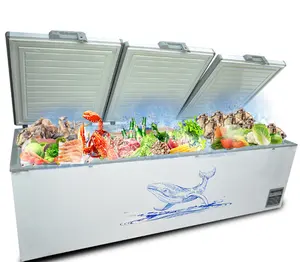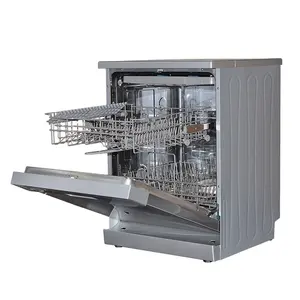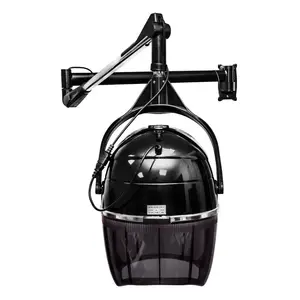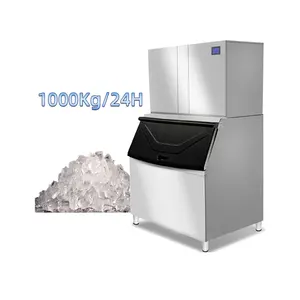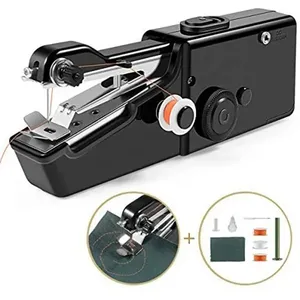Popular in your industry






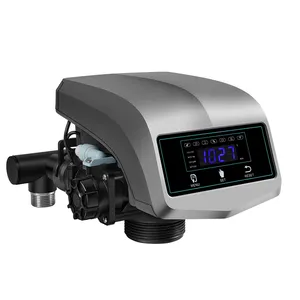






















































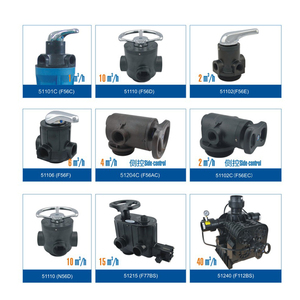









Related Searches:






















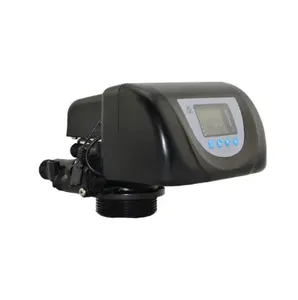













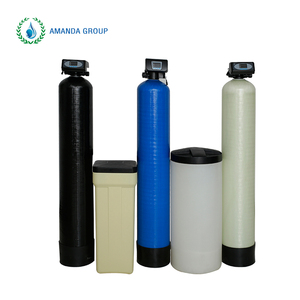































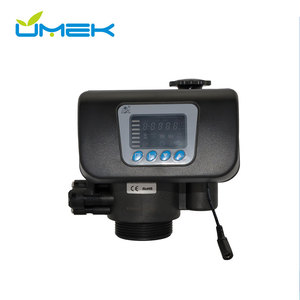

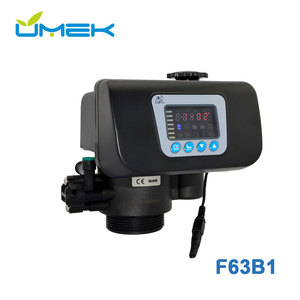


























































Top categories
About automatic softener valve
Automatic softener valves, also known as the automatic multiport valve for water softeners, are essential components in water softening systems. They are responsible for directing the flow of water and regulating the regeneration process within the water softener. These valves come in different sizes and designs to cater to various water softening system requirements. A multiport valve for water softeners ensures proper functioning and efficient performance of the water softening system by controlling the flow of water and facilitating the regeneration process. The Runxin automatic multiport valve is a popular choice among water treatment professionals. This automatic softener valve is designed to streamline the operation of water softening systems, offering features such as multiple operating modes, user-friendly controls, and durability. The Runxin multiport valve plays a crucial role in the regeneration process of water softeners, ensuring effective ion exchange and optimal performance.
How do automatic softener valves work?
Automatic softener valves are integral components in water softening systems, responsible for controlling the flow of water through the system and facilitating the regeneration process. These valves operate based on a series of predefined steps to ensure the efficient removal of hardness minerals from the water. The process begins with the service cycle, where hard water flows through the resin tank, and the resin beads attract and remove the calcium and magnesium ions responsible for water hardness. During this cycle, the automatic softener valve directs the water flow appropriately, allowing it to pass through the resin bed for ion exchange.
When the resin bed becomes saturated with hardness minerals, the system initiates the regeneration process. The automatic softener valve switches to the backwash cycle, where the flow of water is reversed to flush out accumulated impurities and debris from the resin bed. This step helps prepare the resin bed for the next phase of the regeneration process. The next stage involves the brine draw, where the automatic softener valve allows the concentrated brine solution to flow into the resin tank. The high concentration of sodium ions in the brine displaces the hardness minerals on the resin beads, effectively regenerating the resin and restoring its ion exchange capacity.
After the brine draw, the system enters the slow rinse and fast rinse cycles, where the automatic softener valve controls the flow of water to remove excess brine and ensure the resin bed is properly rinsed and ready for the next service cycle. Once the regeneration process is complete, the automatic softener valve switches back to the service mode, allowing the treated soft water to flow through the system and supply the household or industrial applications. The precise control and automation of these steps by the automatic softener valve contribute to the overall efficiency and effectiveness of the water softening system.
